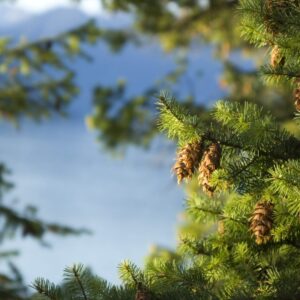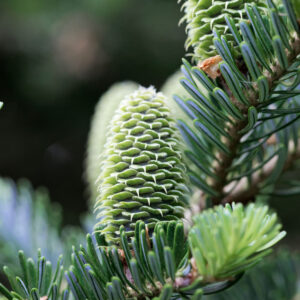Showing all 8 results
-
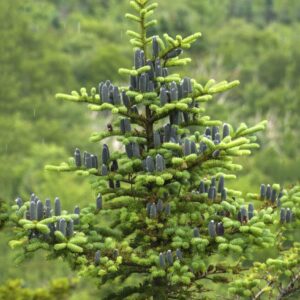
Balsam Fir (Abies balsamea)
View products -
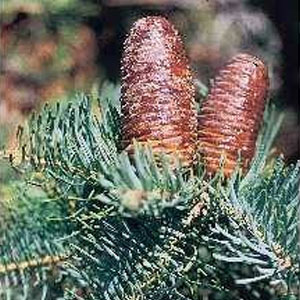
Concolor (White) Fir (Abies concolor)
View products -

Concolor (White) Fir (Abies concolor) – 18-24” * Spring Only *
Add to cart -

Concolor (White) Fir (Abies concolor) – 2-3′ spring only
Add to cart -

Douglas Fir (Pseudotsuga menziesii)
View products -

Douglas Fir (Pseudotsuga menziesii) – 18-24” (2-1, 2-2)
Add to cart -

Douglas Fir (Pseudotsuga menziesii) – 2-3′ (2-1, 2-2)
Add to cart -

Fraser Fir (Abies Fraseri)
View products
Wholesale Fraser & Douglas Fir Trees
- Balsam Fir (Abies balsamea) –also known as balsam, Canada balsam, eastern fir, balm of Gilead, or blister fir
- Concolor Fir (Abies concolor)– also known as Rocky Mountain white fir, white fir, or Colorado White
- Douglas Fir (Pseudotsuga menziesii)– also known as Douglas tree, Oregon pine, or Douglas pine
- Fraser Fir (Abies Fraseri)
Wholesale purchases can be made throughout the contiguous 48 states with extra shipping charges for HI and AK.
GET THE FACTS
Fun Facts about Fir Trees
Internationally, June 18th has been designated as the official “Fir Tree Appreciation Day.” Firs typically live for about 500 years, with some species that have been known to live for an entire millennium (1,000 years).
Christmas Trees
The first recorded instance of fir trees used as a Christmas decoration dates back to about one thousand years ago. Before this, it is believed that firs were also used in Pagan and Roman ceremonies.
Reproduction
On average, fir plants will begin to reproduce once they are about 20 years old. Adult fir trees only require watering during periods of severe drought, as their roots extend deep into the earth.
Planting and Maintenance
Most fir plants can be easily transplanted with root pruning. Juvenile firs should be fertilized each spring and watered weekly with a full soak. On average, fir plants will begin to reproduce once they are about 20 years old. Adult fir trees only require watering during periods of severe drought, as their roots extend deep into the earth.
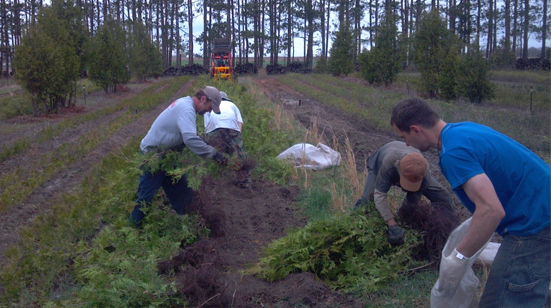
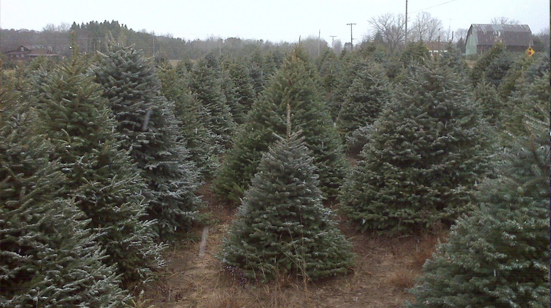
What to Know Before You Purchase Fir Trees
There are about 50 species of tree in the genus Fir (scientific classification Abies), all of which are in the Pine family (Pinaceae). Fir trees are found all over the world, most commonly found in the mountains of North America, Asia, Northern Africa, and Europe.
Size and Appearance
All species of fir trees are tall, evergreen, and coniferous. Once mature, a fir tree will reach a height that may be anywhere from 30 to nearly 300 feet tall with a width of 20 to 30 feet in diameter. Firs can be recognized by their upright cones, distinct smell, and needle-like leaves in a “suction cup” shape.
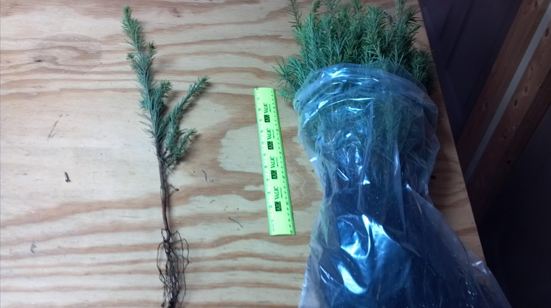
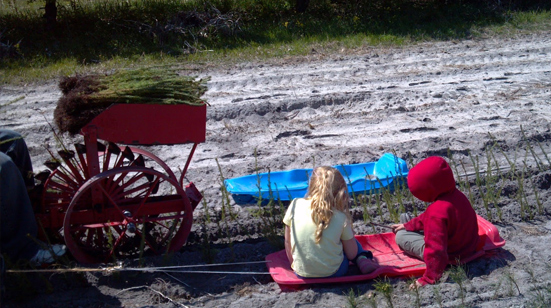
How to Determine the Species of a Fir Tree
Despite sharing a genus and family, there is still a considerable amount of variance between fir species. While many small firs make for great Christmas trees, preserved and enormous red firs (Abies magnifica) can be seen among other giants on the American west coast. The following factors determine the species of a fir tree: The size and shape of the cone The arrangement and size of the leaves And the size and protuberance of the cones’ bract scales
Ideal Growing Conditions
In general, firs are very resilient plants and can be chosen intentionally to meet most soil and climate conditions. Typically, however, firs prefer cooler climates with full or partial sunlight. Most firs do not grow well in dry climates, favoring moist, well-drained soil.
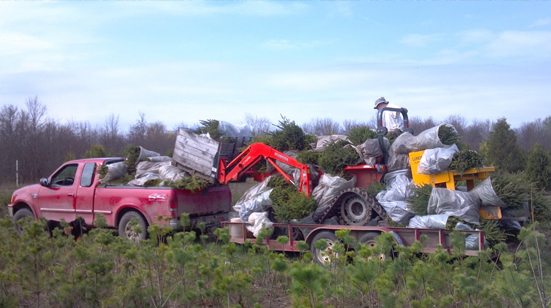
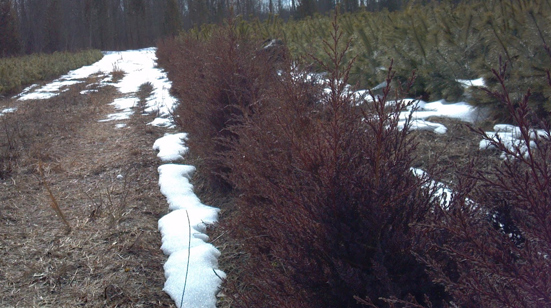
Benefits and Uses of Fir Trees
Balsam (Abies balsamea), Concolor (Abies concolor), Douglas (Pseudotsuga menziesii), and Fraser (Abies Fraseri) firs are all commonly used as Christmas trees in the United States and Canada. Thanks to their availability, they are also somewhat common as residential or commercial lawn or shade trees. Beyond decorations, fir trees are also very valuable for their timber, wind-breaking potential, and medicinal purposes. While some fir wood can be used to manufacture plywood and rough timber, fir resin has been used to cure ailments, aid in cough suppression, and as a glue.
Wildlife and Ecology
Firs tend to attract a lot of wildlife, the species of which depends on the kind of tree. As firs provide plenty of shade, cover, and food, planted trees may attract locals large and small, including birds, squirrels, porcupines, porcupine, deer, beavers, hares, geese, and more. In fact, in some parts of the world, beavers often use fir trees in their dam construction. On an even smaller scale, fir trees are frequently used as home and food sources for caterpillars, butterflies, and moths.
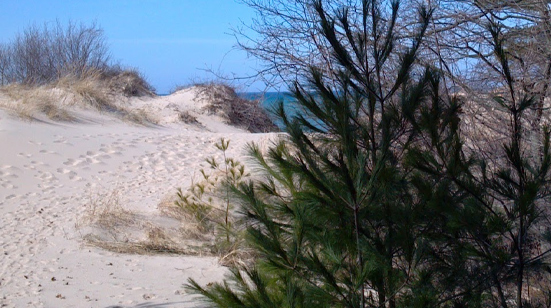
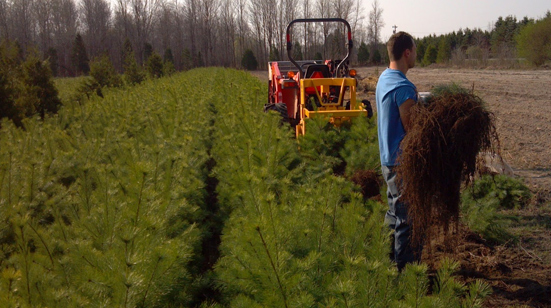
Common Challenges with Fir Trees
Attracting unwanted pests causes fir trees to be subject to a number of common ailments that result in discoloration, stunted growth, defoliation, and more. Unhealthy fir trees should be examined for fungi and small damage-causing creatures such as aphids, spider mites, and gypsy moths.

Planting and Maintenance
Most fir plants can be easily transplanted with root pruning. Juvenile firs should be fertilized each spring and watered weekly with a full soak. On average, fir plants will begin to reproduce once they are about 20 years old. Adult fir trees only require watering during periods of severe drought, as their roots extend deep into the earth.

What to Know Before You Purchase Fir Trees
There are about 50 species of tree in the genus Fir (scientific classification Abies), all of which are in the Pine family (Pinaceae). Fir trees are found all over the world, most commonly found in the mountains of North America, Asia, Northern Africa, and Europe.

Size and Appearance
All species of fir trees are tall, evergreen, and coniferous. Once mature, a fir tree will reach a height that may be anywhere from 30 to nearly 300 feet tall with a width of 20 to 30 feet in diameter. Firs can be recognized by their upright cones, distinct smell, and needle-like leaves in a “suction cup” shape.

How to Determine the Species of a Fir Tree
Despite sharing a genus and family, there is still a considerable amount of variance between fir species. While many small firs make for great Christmas trees, preserved and enormous red firs (Abies magnifica) can be seen among other giants on the American west coast. The following factors determine the species of a fir tree: The size and shape of the cone The arrangement and size of the leaves And the size and protuberance of the cones’ bract scales

Ideal Growing Conditions
In general, firs are very resilient plants and can be chosen intentionally to meet most soil and climate conditions. Typically, however, firs prefer cooler climates with full or partial sunlight. Most firs do not grow well in dry climates, favoring moist, well-drained soil.

Benefits and Uses of Fir Trees
Balsam (Abies balsamea), Concolor (Abies concolor), Douglas (Pseudotsuga menziesii), and Fraser (Abies Fraseri) firs are all commonly used as Christmas trees in the United States and Canada. Thanks to their availability, they are also somewhat common as residential or commercial lawn or shade trees. Beyond decorations, fir trees are also very valuable for their timber, wind-breaking potential, and medicinal purposes. While some fir wood can be used to manufacture plywood and rough timber, fir resin has been used to cure ailments, aid in cough suppression, and as a glue.

Wildlife and Ecology
Firs tend to attract a lot of wildlife, the species of which depends on the kind of tree. As firs provide plenty of shade, cover, and food, planted trees may attract locals large and small, including birds, squirrels, porcupines, porcupine, deer, beavers, hares, geese, and more. In fact, in some parts of the world, beavers often use fir trees in their dam construction. On an even smaller scale, fir trees are frequently used as home and food sources for caterpillars, butterflies, and moths.

Common Challenges with Fir Trees
Attracting unwanted pests causes fir trees to be subject to a number of common ailments that result in discoloration, stunted growth, defoliation, and more. Unhealthy fir trees should be examined for fungi and small damage-causing creatures such as aphids, spider mites, and gypsy moths.

